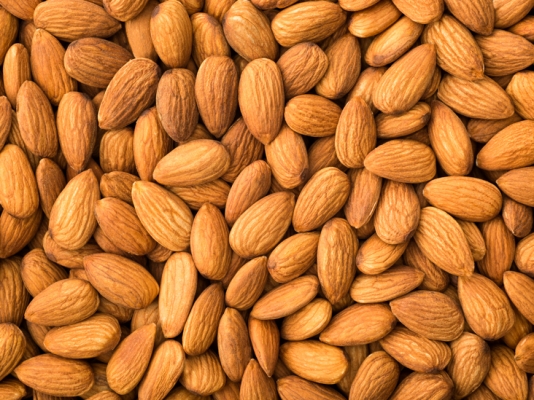California Paper Shell: It has straight growing tree which bear thick leaves. This is highly productive variety. It has long and papery fruits. In kernel 43% nuts are found which are sweet in taste.
Panthics Wonder: The tree bears deep green color leaves and medium sized fruits which are long in shape. It has smooth peel, brown color nuts and sweet in taste. In kernel 38% nuts are found.
Thin shelled: It has long kernel, sword shape, light brown in color, sweet and tasty.
Non-pareil: Spreader kernel, flat and thin from head, big, papery, 65% nuts yield, plant has medium growth, straight spreading, and suitable yield giving.
Himachal Varn-10: This variety has spreading trees and has medium growth. It has medium to long sized grains and is brown in color. The fruits are plucked easily. Nuts are dark brown in color. In kernel 51% nuts are found.
Merced: Trees firstly grow straight and grows fast.
Drek: Rectangular kernel having head round or sharp, white color, medium stiffness, 30% nuts yield, brown color nuts, long, spreading plant, unlimited fruiting and more yield.
Thompson: This is high yield giving variety. Almond and nuts are small in size.
Hybrid- 15: This variety plants are spreading, soft leaves and is medium growing. Kernel is long sized. The nuts are deep brown in color. It gives an average of 51% nut yield.
Neplus Ultra: It is high yielding variety.







